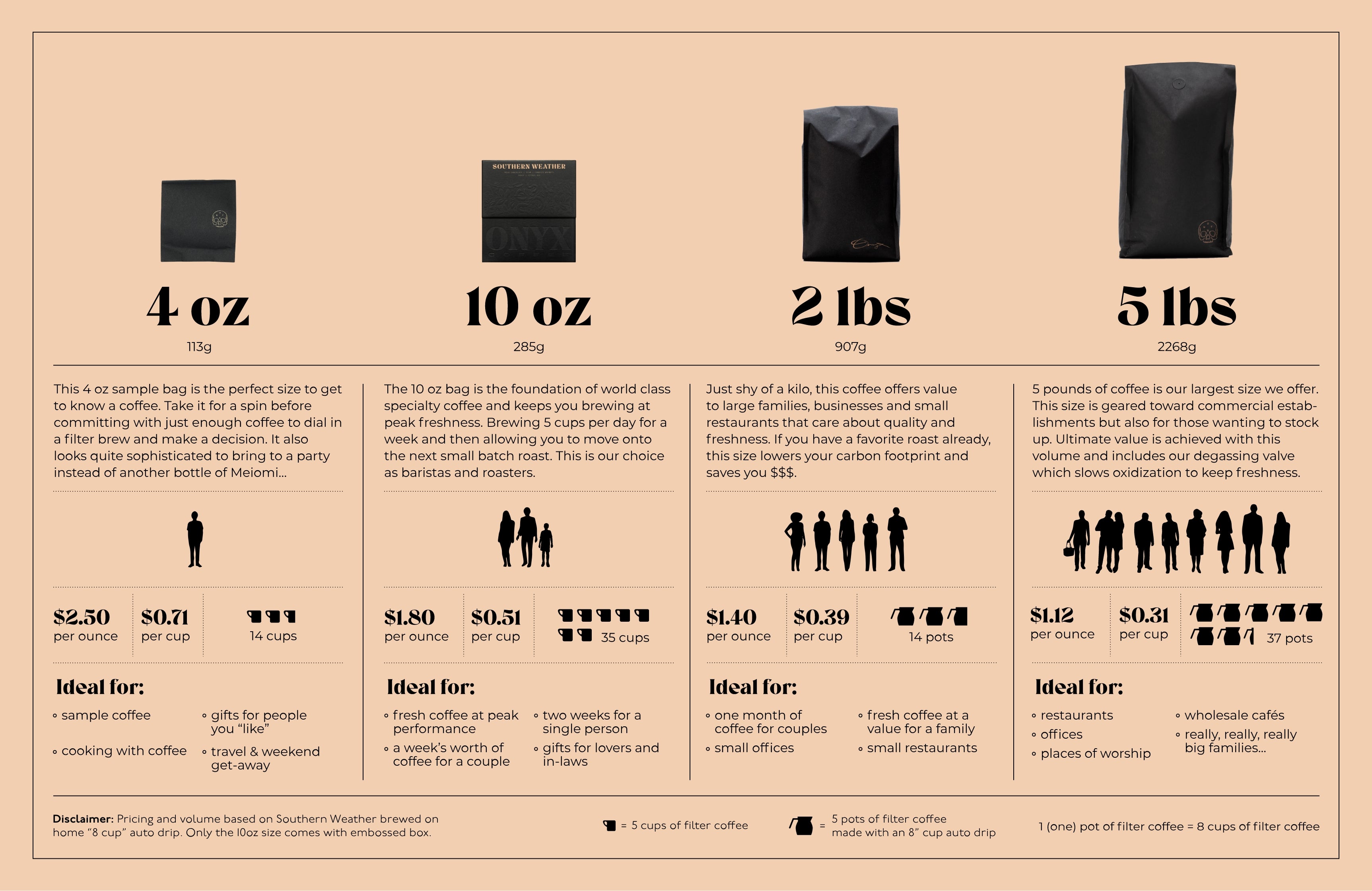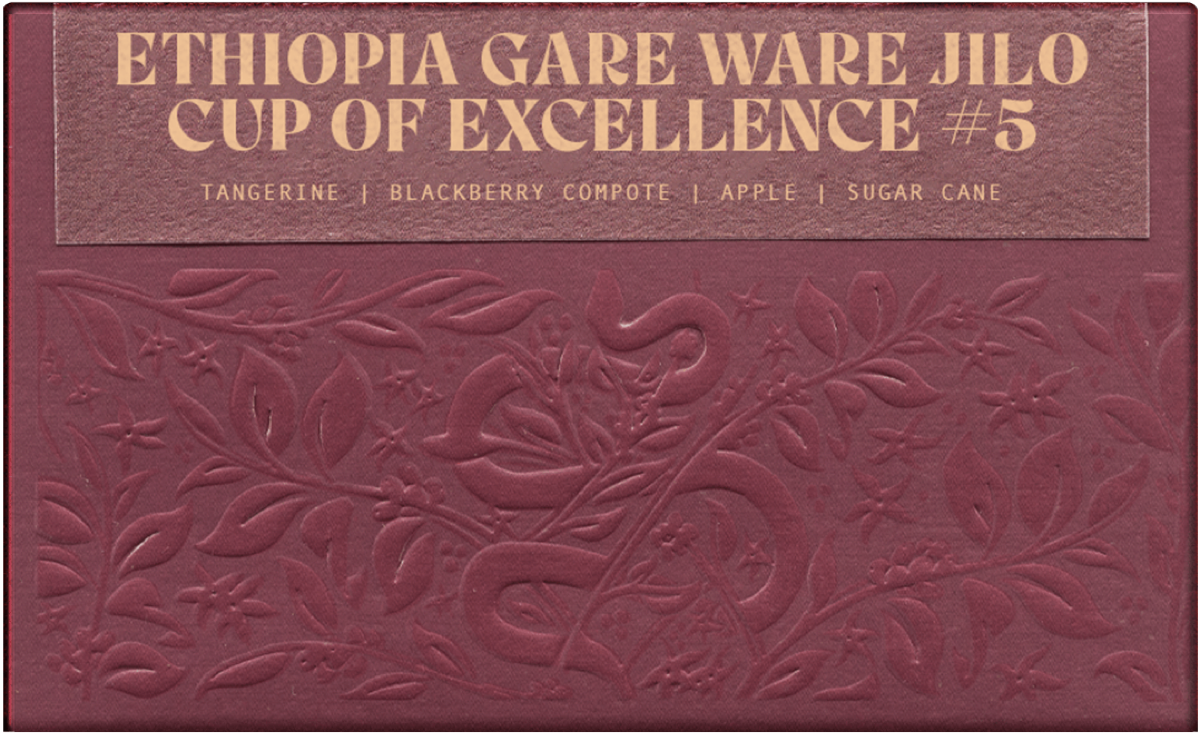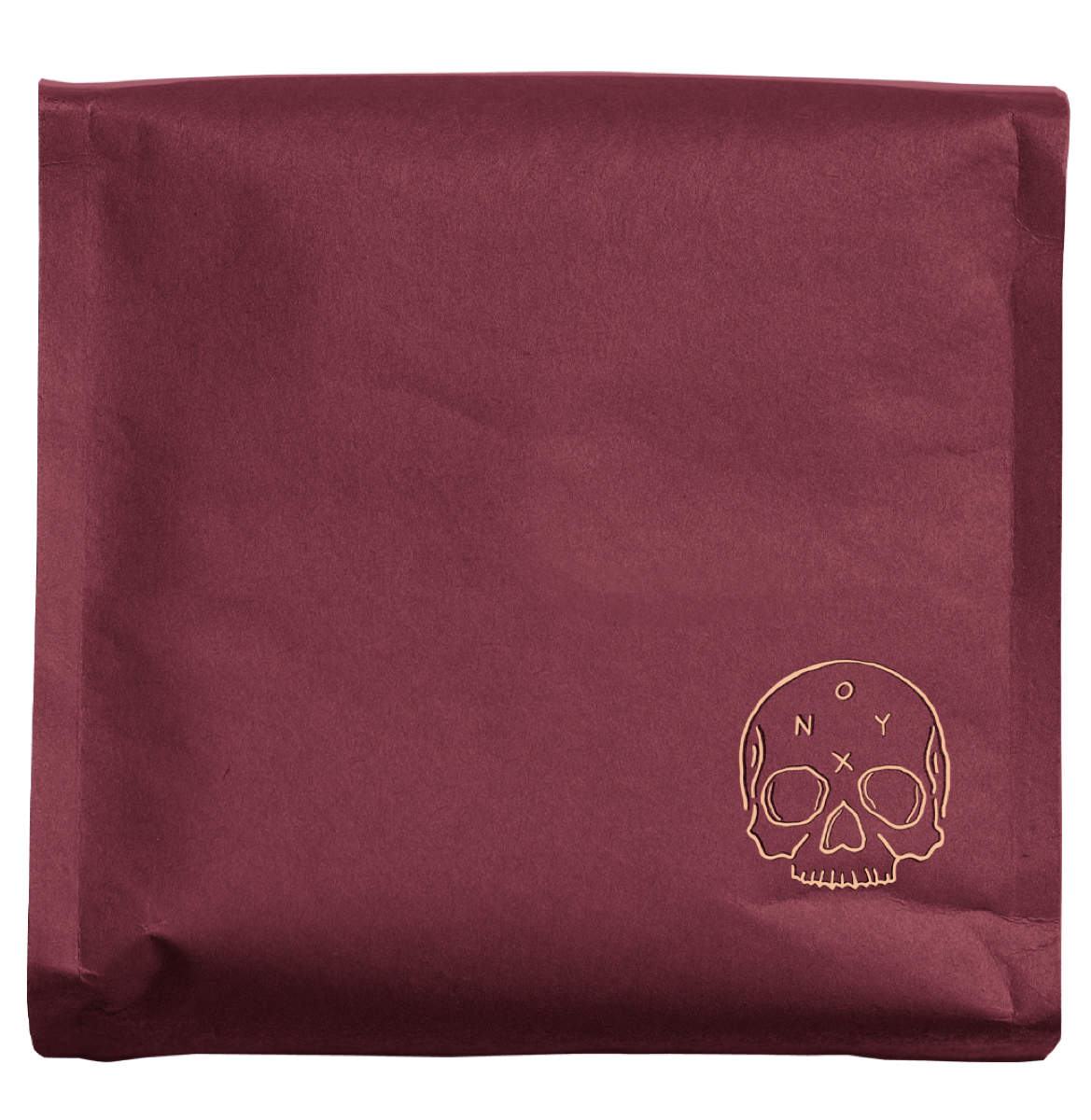Story
We are super excited to have been involved in the first-ever Ethiopian Cup of Excellence. Due to the outbreak of COVID-19, all judging and cupping of any sort have happened remotely this season, which greatly shaped and affected all aspects of this auction and the coffee industry as a whole. In the midst of a global pandemic, as well as one of the most challenging eras to be in the hospitality industry, we found ourselves cupping through dozens of the best Ethiopian coffees to be sold on an auction for a premium price. During such a challenging time for all, our participation echoed the words of the Executive Director of the Alliance for Coffee Excellence; “It is imperative that we back our producers during the COVID-19 virus outbreak.” After three tables of socially distant cupping, our team of cuppers calibrated scores and notes and honed in on the #5 coffee in the auction. This selection exhibited what we look for in a great Ethiopian coffee. (More info on the auction process of the Cup of Excellence can be found below.)
Gare Ware Jilo is a coffee producer in West Guji zone Harara Walabo woreda, in Wate Gogobi kebele. He is a 30-year-old father of two (a girl and a boy). He produces 30,000 quintals of coffee annually on his own 83 hectares of land and collects 10,000 quintals from out-growers on 50 hectares. “I encourage my outgrowers to produce good quality coffee, each year with financial incentives. I pay more than the average market value” he says. Gare Ware has his dry processing site and produces locally known varieties such as Kudhumi, Walichu, Meti, Saraji, and Wadessa, which he sells to exporters in Addis Ababa, and ECX. “I have never been directly involved in export,” said Gare Ware.
Gare Ware’s coffee was selected among the top 10, scoring 89.48 and securing 5th place in the Cup of Excellence Ethiopia. “I am very happy that I am one of the winning coffees. I had full confidence in my coffee. Now I look forward to receiving a good price for my coffee. This encourages us to dream big and continue producing quality,” said Gara Ware, “I thank the coordinators of this competition.”
CUP OF EXCELLENCE
Since 1999, the COE program has sought to connect developing coffee producers from around the world to roasters willing to pay a premium on their coffee. In each country that the Cup of Excellence takes place, thousands of coffees are vetted and put through one of the most rigorous quality panels a coffee can undergo. After dozens of industry-standard cuppers evaluate the coffee, a rank begins to form as scores are input and averaged out. This process yields a clear winning coffee, as well as a top-ten rank that will be auctioned off to roasters around the world. This auction process promotes higher premiums paid to farmers while operating on a transparency based infrastructure. These premiums paid to farmers motivate them to reinvest in the harvest, while also placing a precedent that they can be rewarded and recognized for a harvest of exemplary quality.
NATURAL PROCESSED COFFEES
Naturals are beautiful… Okay, natural coffees are beautiful when done properly and are pretty much the worst thing ever when not. Natural processing or dry processing refers to the act of drying and fermenting coffee inside the cherry. This means the coffee cherries are picked from the tree and placed on drying beds or on the ground in some cases. They are dried in the sun until they have 12% moisture content or so and then are hulled to remove the dry husk of the fruit. “Naturally,” they exhibit fruit-forward characteristics and have a good chance of tasting “fermenty,” which is usually a taboo in Specialty Coffee. However, with advanced techniques in picking and drying, high-quality naturals are being produced, and the cup quality and taste profiles are astoundingly good. We have long promoted alternative processing methods, and naturals are at the top of that list. This coffee is one of those reasons we do. Fresh berries, vibrant lime, and a sweet, silky mouthfeel is just part of what makes this coffee so indulgent. This coffee will change the way you look at black coffee and may just convert those who don’t drink it currently. Clean, high-quality naturals can be a perspective-changing cup.




